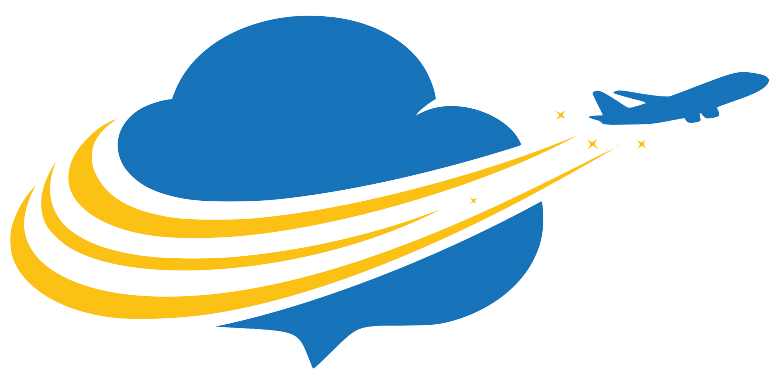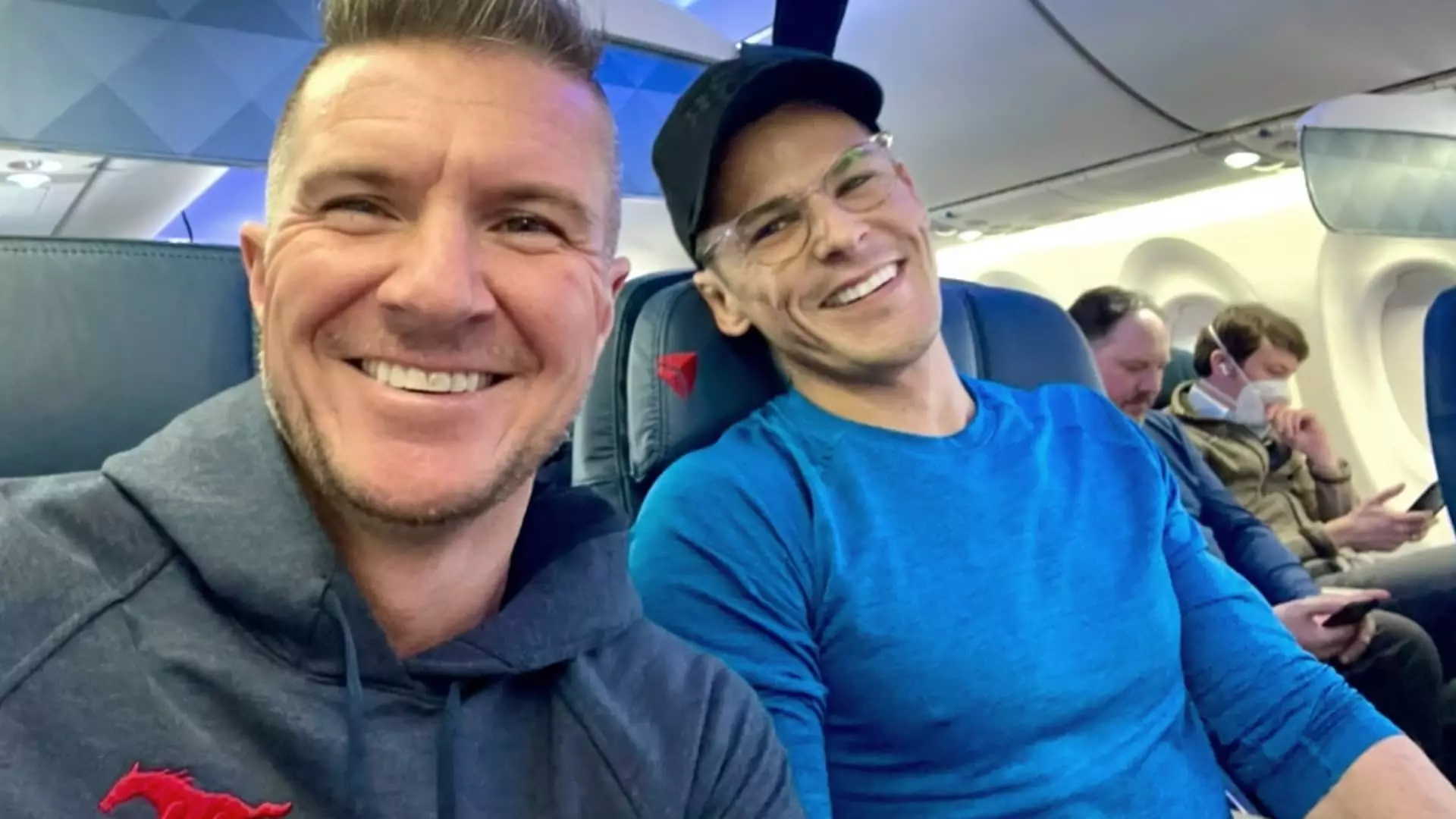Flying, with its inherent challenges and social dynamics, offers a unique lens through which we can analyze human behavior and its implications on both personal and professional levels. Despite the seemingly straightforward notion of airplane etiquette—essentially, being aware of your space and respecting the comfort of fellow travelers—persistent reports of disruptive behavior suggest that many individuals overlook these fundamental guidelines. In examining the insights offered by Brandon Blewett in his book, “How to Avoid Strangers on Airplanes: Survival Guide for the Frequent Business Traveler,” it becomes evident that the peculiarities of airline culture share striking similarities with workplace dynamics.
At its core, airplane etiquette promotes courteous interactions among passengers. Yet, Blewett identifies a variety of behaviors that can disrupt this harmony—from the chaos of swarming at the boarding gate, a phenomenon he dubs “Gate Lice,” to noise pollution created by loud conversations via mobile devices. These behaviors can be likened to obstacles encountered in the professional sphere, where individuals may also experience hindrance due to unfriendly colleagues or competing ambitions. Here, Blewett points out a crucial truth: in both flying and working, awareness and adaptability are essential. Just as a seasoned traveler may learn to maneuver around gate agglomerations, a savvy professional must navigate office politics and hierarchies.
One of the most valuable takeaways from Blewett’s observations on air travel is the concept of “pivoting.” He illustrates this through his own career journey, illustrating how unexpected detours can lead to fruitful outcomes. After finding himself in a position far removed from his aspirations due to the job market’s circumstances, he embraced a pivot—transitioning from a car valet to an MBA candidate with strategic professional connections. This example serves as a microcosm for how individuals can leverage the sometimes chaotic nature of their careers to discover new realms of opportunity.
Blewett also sheds light on “Airbus Assaults,” where the physicality of travel—such as the unwieldy presence of fellow passengers—is juxtaposed with emotional “smacks” encountered in the workforce. He recounts moments in his career where he faced setbacks, whether due to financial disparities or missed opportunities. These “smacks” can be perceived as trials that encourage resilience. Just as a business traveler faces spatial challenges in tight aircraft aisles, professionals must confront and adapt to adversities in their careers.
Navigating Difficult People
Navigating interpersonal relationships remains a vital skill in both flying and working environments. Blewett emphasizes the effectiveness of humor, grace, and humility when dealing with difficult passengers and colleagues. He references a well-known interview featuring Dolly Parton, showcasing how a professional can deftly manage challenging situations through wit and self-awareness. By promoting an attitude of resilience and light-heartedness, we can create a more positive environment for both ourselves and others.
Another fascinating analogy presented by Blewett is that of “Bin Shoehorning,” which involves overstuffing overhead compartments without considering the space constraints. This physical behavior metaphorically represents how some professionals aggressively pursue career ambitions without recognizing the limits of their capacities or the appropriateness of their goals. Accepting one’s limitations can lead to wiser decisions, akin to realizing when it’s time to adjust one’s overhead bag to align with available space.
Moreover, Blewett explores the phenomenon of the “Eager Exiter,” those passengers who leap to their feet the moment it’s deemed safe. This urgency does not always yield the intended result, highlighting a common pitfall where haste may be counterproductive. Just like rushing out of a meeting can inadvertently create chaos, Blewett’s reflections remind us of the value of patience and timing in both flight and in our careers. The proverbial race often leads us no further ahead than our calmer counterparts.
Lastly, Blewett emphasizes the importance of community, or the “cabin of passengers,” in both flights and professional careers. A supportive network can dramatically influence one’s capacity to navigate challenges. The willingness of colleagues to assist fosters a sense of camaraderie that can make or break a professional journey. This perspective encourages individuals to cultivate an atmosphere of goodwill, contributing positively to both social and workplace dynamics.
Blewett’s insights into frequent air travel encapsulate the broader lesson of adaptability and interpersonal finesse in our professional lives. By observing and understanding the complexities of both environments, we can improve not only our flying experiences but also our professional trajectories—each encounter offering valuable lessons for personal and career growth.


Leave a Reply